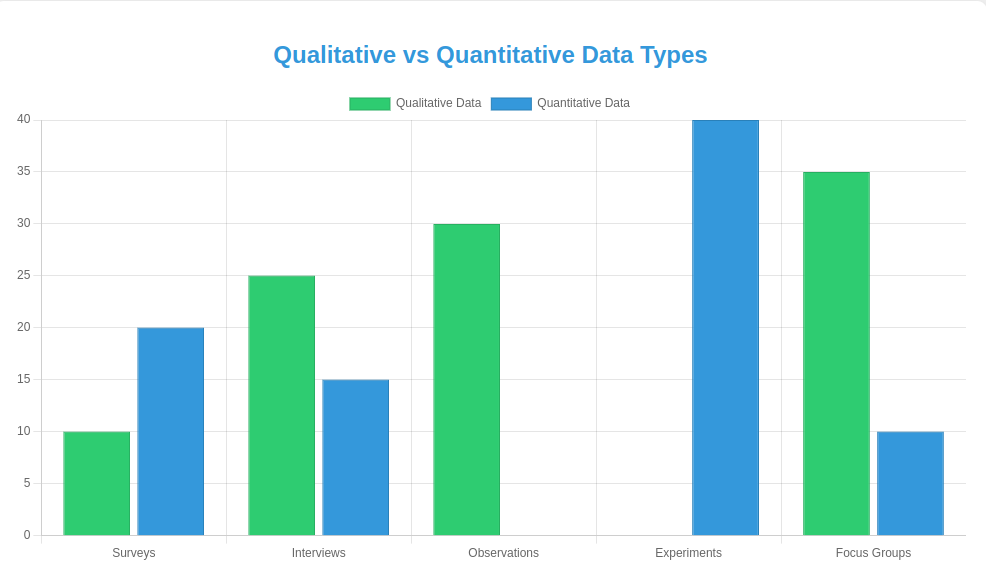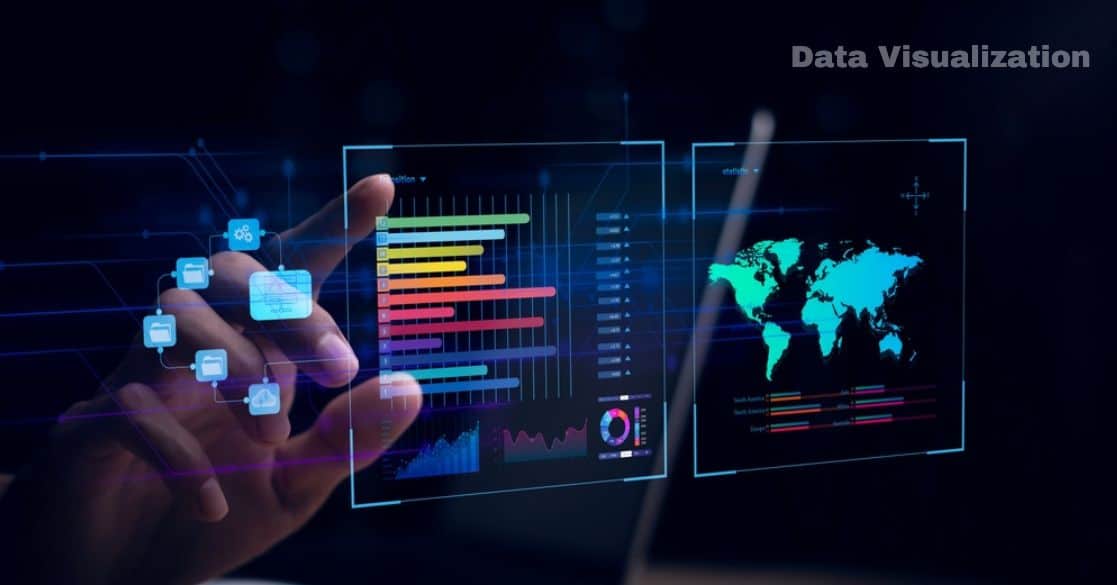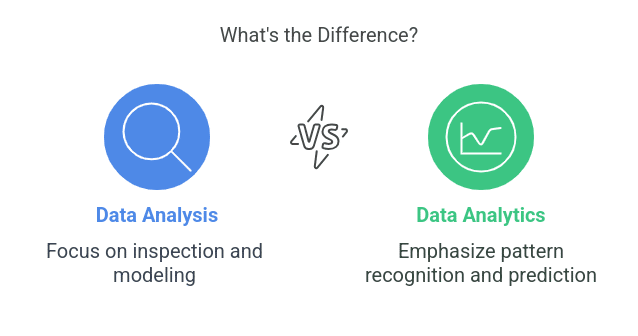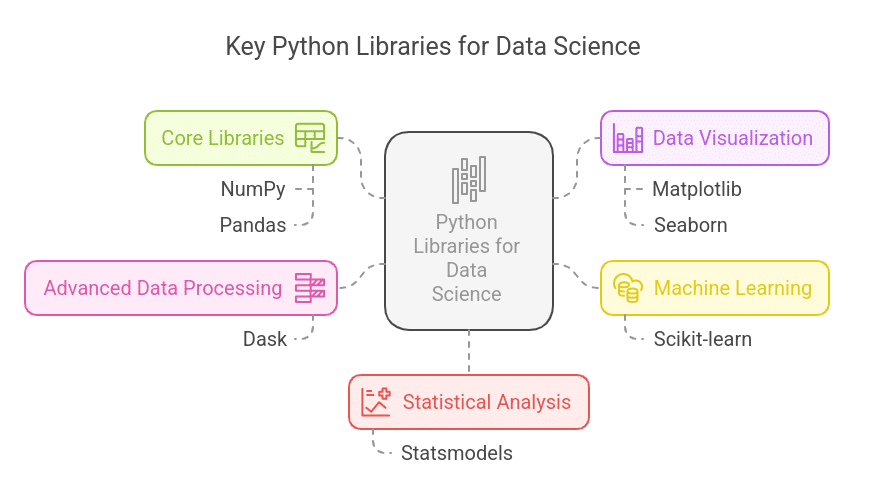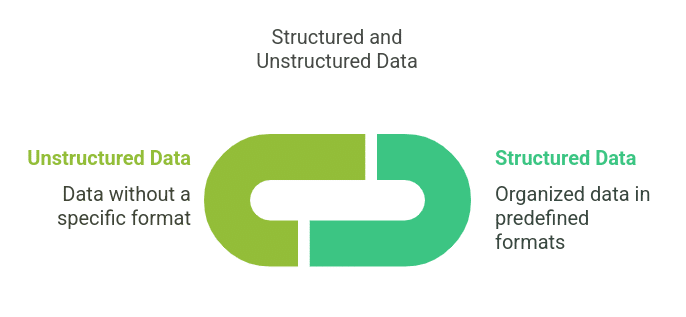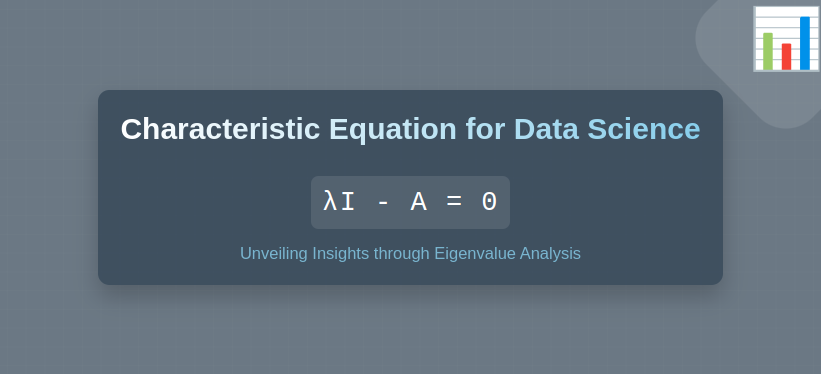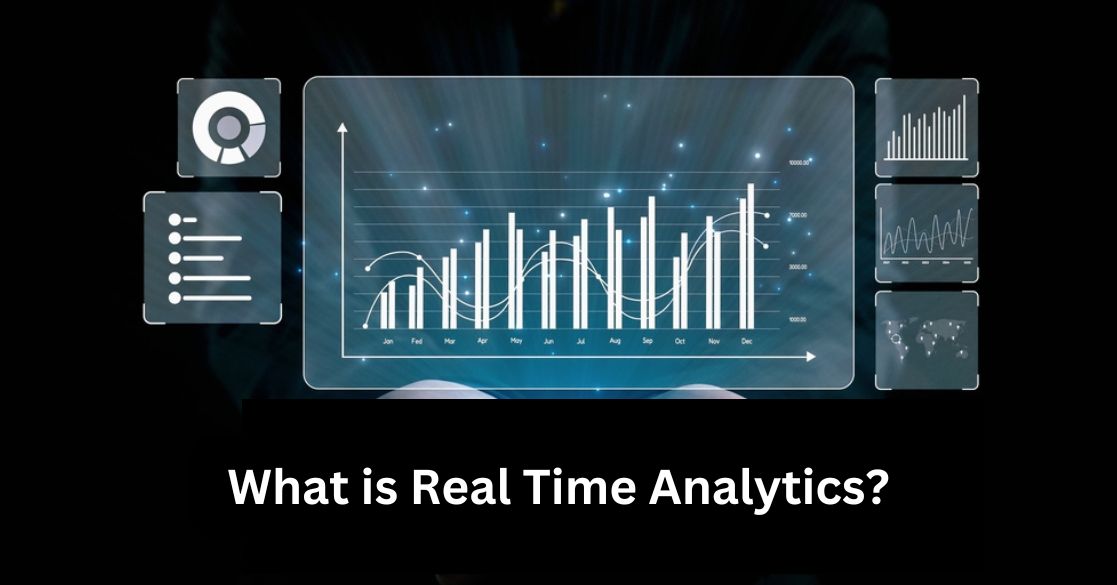What is Data Collection?
Data collection is the process of collecting, measuring, and analyzing data from various sources to test any hypotheses or support decision-making. It is an essential step in any research, business analysis, or data-driven project.
Data is collected to gain valuable insights that can help in decision-making, solve problems, or help understand trends and patterns. This process involves determining what data to collect, how to collect it, and from where (sources) to collect it. Then, It is analyzed to derive meaningful conclusions.
This blog provides a detailed guide to data collection and the various methods, types, and tools used across different fields.
Recommended Read: What is Data?
Importance of Data Collection
Data is the backbone of any research project or other analytical process. For that to come into existence, data collection is the first step. The quality of data gathered directly affects the outcomes of the study. Reliable data leads to a valid conclusion, while poor data leads to a false and misguided conclusion. Here are some reasons why data collection is important.
- Informed Decision Making: Accurate data collection enables organizations and researchers to make decisions based on evidence rather than assumptions.
- Tracking Changes Over Time: Data collection is also accomplished through repeated cycles that enable organizations to track their progression or lack of, develop performance checklists and analyze the effectiveness of certain strategies.
- Problem Solving: Data helps to identify problems, inefficiencies, and areas for improvement.
- Improving Accuracy: Using systematic data collection methods reduces errors and improves the precision of the information gathered.
Methods of Data Collection
Data collection methods in research have proven efficient in finding new conclusions and have improved research outcomes for a long time. Data collection is classified into two categories: Primary and Secondary Data Collection.
1. Primary Data Collection:
The researcher collects data for a specific purpose. This data is original and authentic and collected through direct observation, interaction with subjects, or experiments.
- Surveys/Questionnaires: Questionnaires are commonly applied in marketing research, academic research, and when taking a customers’ feedback. They can be face to face, through a computer interface, by phone, or through email. Some of the Surveys are Multiple choice questions and some are asking the respondents with specific questions for better and deeper surveying.
- Interviews: This method involves direct, face-to-face, or virtual communication between the researcher and the interviewee. Interviews can be structured (predefined questions) or unstructured (open-ended discussions).
- Observations: This comes under data collection techniques; researchers watch and record behavior without interacting with the subjects. Observations can be common in fields like anthropology, psychology, and market research.
- Experiments: In experimental research, researchers manipulate one or more variables to observe their effects on other variables. This method is commonly used in scientific research and controlled studies.
- Focus Groups: A focus group is a method whereby a small group of people is interviewed together on specific topics. The analyst or the moderator guides the conversation and documents the views, position, and experience of a group in qualitative terms.
2. Secondary Data Collection:
Secondary Data Collection is information collected and recorded by someone other than the researcher. This method is cost-effective and time-saving, especially for large-scale research.
- Government Records: Records that are publically available, data from government databases, such as census data, employment records, or crime reports.
- Academic Journals and Articles: Research papers, peer-reviewed studies, and published journal articles that provide reliable and authentic information.
- Industry Reports: Market analysis, financial reports, and industry overviews which are publicly available and published by researchers of firms and organizations.
- Online Databases: Online resources like Google Scholar, JSTOR, and PubMed offer access to vast amounts of research data.
When it comes to learning about the tools of data collection it is often just the tip of the iceberg. To master it there must be a systematic approach to one that would take you to the essence of modern data management, analytics, and solutions. Great Learning provides a Post Graduate Program in Data Science (with Specialization in Generative AI), tailored to help you build the skills on a professional level for a successful career.
Types of Data Collected
When it comes to data collection, many types of data can be collected and processed for further analysis. Those types of data are classified into two major categories: Qualitative and Quantitative data.
- Quantitative Data: Quantitative data is mainly referred to as numerical data or data that can be measured or counted. It is used to quantify the problem by generating the numerical data and performing further analysis on that to get usable statistics.
- Example: Results from closed-ended survey questions, performance analysis reports, sales data, and experimental data.
- Qualitative Data: Qualitative data refers to non-numeric information describing characteristics or qualities. It is elaborated and often used to understand certain behaviors’ reasons, opinions, and motivations.
- Example: Responses from open-ended questions in a survey or an interview, transcripts, and observation notes.
Quantitative and Qualitative data play a crucial role in data collection in research methodology. To gain a deeper understanding of these concepts, consider following a guided course from Great Learning. The course is well structured and deepens into practical insights, with hands-on experience and expert guidance.
Learn more about types of data in depth.
Data Collection Tools
Tools are great assets for improving productivity and organization of work. There exists a clear difference on the kind of tools that should be used to collect data based on the type of data being collected. Based on two categories for Data collection, here is a breakdown of some common tools used in primary and secondary data collection:
1. Tools for Primary Data Collection
- SurveyMonkey/Google Forms: Online platforms that allow researchers to design surveys and collect responses from participants. These tools are useful for collecting large amounts of data from diverse geographical locations.
- Interview Recording Devices: For interviews, researchers often use audio/video recording tools like digital recorders, smartphones, or video conferencing platforms like Zoom and Skype.
- Observation Checklists: Researchers use structured checklists to help standardize the data collection process. These lists outline specific behaviors or phenomena that researchers are looking for.
- SPSS/Excel: Data analysis tools used to organize and analyze data collected from experiments or surveys.
2. Tools for Secondary Data Collection
- Data Mining Tools: Tools like RapidMinder or SAS extract information from large datasets and databases. And process them further for analysis.
- Government Databases: Some government websites offer access to large datasets for research, covering various fields such as population, health, and economy.
- Google Scholar/JSTOR: Through these search engines researchers can access reviewed articles, papers, and studies for secondary research.
Challenges in Data Collection
Data collection can be a little bit challenging regarding research and analysis. These obstacles come into play when the data are in large quantities. Some common obstacles include:
- Data Quality: Ensuring the accuracy of data can be difficult, especially when looking at secondary resources or self-reported information.
- Bias: Researcher bias or respondent bias can hinder the data collection process. Which can lead to unreliable data conclusions.
- Data Privacy: Privacy concerns over data have been growing, especially in fields like healthcare and marketing; researchers should be careful about the legal and ethical guidelines when collecting and storing data.
- Resource Constraints: Following a large project can have limitations, such as time, money, and manpower, which can slow the process.
Free Courses by Great Learning to Help You Learn Data Collection
These free courses can help you understand the methods, extraction processes, and tools used in data collection. Here’s an overview to get you started:
- Data Preprocessing: Learn essential techniques for preparing raw data, including data cleaning, normalization, and handling missing values, outliers, and scaling for machine learning.
- Data Science Foundations: Build a strong foundation in data science with basic concepts, descriptive statistics, data visualization, and hands-on experience with tools like Python and Jupyter Notebook.
- Database Management System (DBMS): Master relational databases and SQL, focusing on database design, query optimization, indexing, and practical tasks for managing and manipulating data efficiently.
Each of these free courses includes video lectures, quizzes, and downloadable resources to make your learning experience interactive and enriching.
Conclusion
Data collection is the foundation of effective research and informed decision-making. Whether you’re gathering primary or secondary data, understanding the methods, types, and tools involved is crucial for ensuring accuracy and reliability. Mastering these techniques can significantly enhance your ability to analyze and interpret data to drive meaningful insights.
The Great Learning Post Graduate Program in Data Science (with Specialization in Generative AI) equips you with advanced skills in data collection, analysis, and AI tools like Python and Tableau. Learn from industry experts and work on real-world projects to build expertise in data-driven decision-making and AI solutions.



